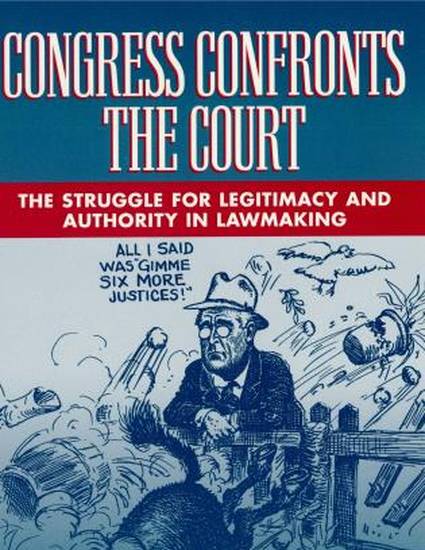
Contribution to Book
The Least Dangerous Branch? The Supreme Court'S New Judicial Activism
CONGRESS CONFRONTS THE COURT : THE STRUGGLE FOR LEGITIMACY AND AUTHORITY IN LAWMAKING
(2001)
Abstract
Viewed from the perspective of the new century, federal-state relations are emerging in new and, perhaps, unexpected ways. Central to the revitalized power of states is the Supreme Court's new activism. Such judicial activism is not new; it is inherent in the nature of judicial decision making. Chief Justice John Marshall, with scant authority (reliance on Blackstone's treatise on the Law of England), with a deliberate omission of the second sentence within article III, section 2, paragraph 2 of the U.S. Constitution ("With such exceptions and such regulations as the Congress shall make"), and with exhortation to construe a positive grant of power as negative of any additional powers (the negative implications doctrine), invalidated section E of the Judiciary Act of 1789, establishing the Court's right to overturn an act of Congress deemed inconsistent with the Constitution. Marbury v. Madison (1803), therefore, declares that it is emphatically the province of the judicial department to say what the law is under a Constitution that is acknowledged in Article VI to be the supreme law of the land.
Keywords
- legislation,
- political questions and judicial power,
- politics and government,
- 1993-2001
Disciplines
- Law and
- Legislation
Publication Date
2001
Editor
Colton C. Campbell and John F. Stack, Jr
Publisher
Rowman & Littlefield Publishers
ISBN
9780742501393
Citation Information
Colton C. Campbell and John F. Stack, Jr., Least Dangerous Branch? The Supreme Court'S New Judicial Activism, in CONGRESS CONFRONTS THE COURT : THE STRUGGLE FOR LEGITIMACY AND AUTHORITY IN LAWMAKING, (Colton C. Campbell and John F. Stack, Jr., eds., Rowman & Littlefield Publishers, Lanham, MD, 2001).
